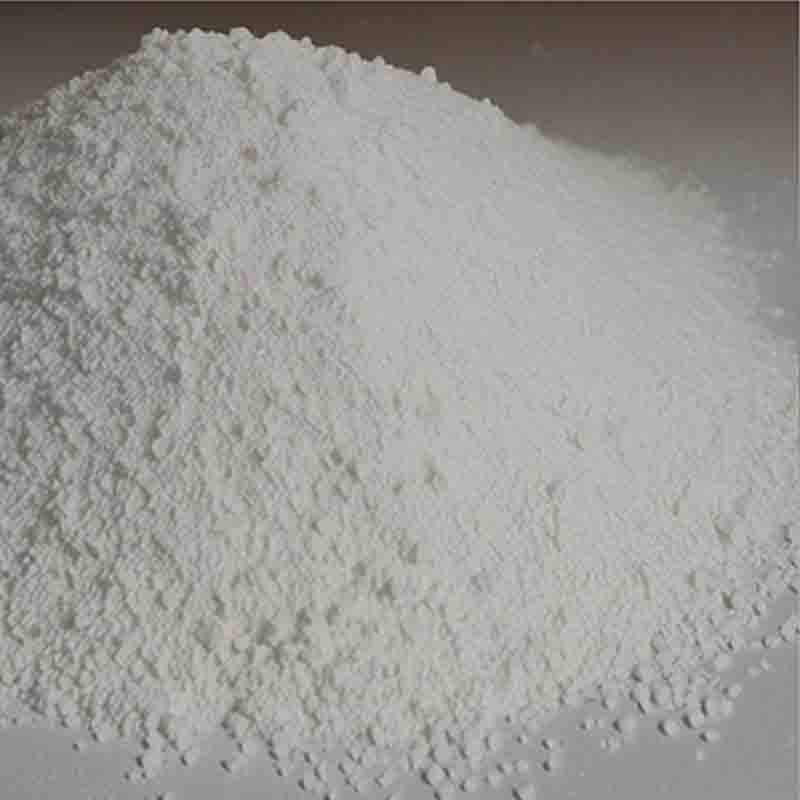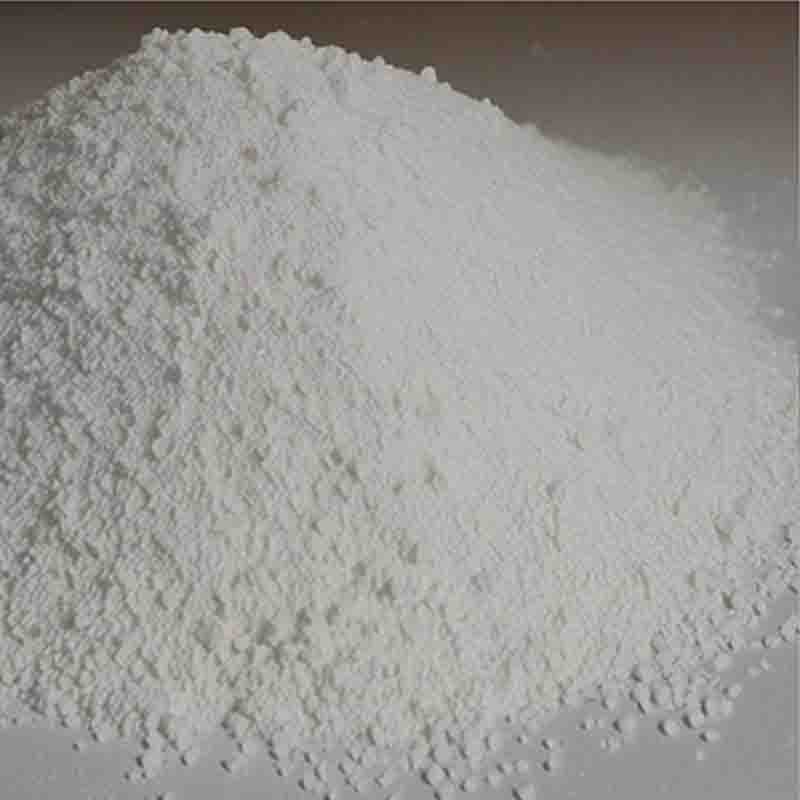ZINC TRIFLUOROACETATE CAS: 21907-47-1
| Catalog Number | XD93580 |
| Product Name | ZINC TRIFLUOROACETATE |
| CAS | 21907-47-1 |
| Molecular Formula | C2HF3O2Zn |
| Molecular Weight | 179.4 |
| Storage Details | Ambient |
Product Specification
| Appearance | White powder |
| Assay | 99% min |
Zinc trifluoroacetate, also known as Zn(CF3COO)2, is a chemical compound that contains zinc in its +2 oxidation state, coordinated with two trifluoroacetate (CF3COO) ligands. It finds various applications in fields such as organic synthesis, catalysis, and material science.One significant use of zinc trifluoroacetate is as a catalyst in organic reactions. It has been employed in a wide range of transformations, including carbon-carbon bond formation, carbon-hydrogen bond activation, and rearrangement reactions. The Lewis acidic properties of zinc make it an effective catalyst for activating various substrates and facilitating bond formation. Additionally, the trifluoroacetate ligands offer stability and solubility in different solvents, allowing for efficient catalyst recovery and recycling. Zinc trifluoroacetate has been particularly useful in the synthesis of pharmaceuticals, natural products, and fine chemicals, where it enables the construction of complex molecules.Zinc trifluoroacetate is also utilized as a reagent in synthetic chemistry. It can be employed as a zinc source for the synthesis of other zinc-containing compounds and materials. For example, it can react with various organic and inorganic reagents to afford a wide range of zinc complexes with different ligands. These complexes may exhibit unique properties and applications in fields such as catalysis, materials science, and coordination chemistry.In catalysis, zinc trifluoroacetate has been utilized as a Lewis acid catalyst. It can promote various reactions, including Diels-Alder, Friedel-Crafts, and enantioselective transformations. The Lewis acidic nature of zinc allows it to activate electron-rich substrates and facilitate stereochemical control in organic reactions. Furthermore, the trifluoroacetate ligands can modulate the reactivity and selectivity of the zinc center, making it a useful tool in asymmetric synthesis.Zinc trifluoroacetate also finds applications in material science, especially in the synthesis of zinc-based materials. It can serve as a precursor for the preparation of zinc-containing films, nanoparticles, and coordination polymers. These materials exhibit diverse properties and applications in areas such as optoelectronics, sensors, and catalysis.In summary, zinc trifluoroacetate is a versatile compound with applications in organic synthesis, catalysis, and material science. Its use as a catalyst and reagent enables the efficient construction of complex organic molecules and the synthesis of various zinc-containing compounds. The combination of zinc's Lewis acid properties and the stability of the trifluoroacetate ligands makes it a valuable tool for synthetic chemists and material scientists.









